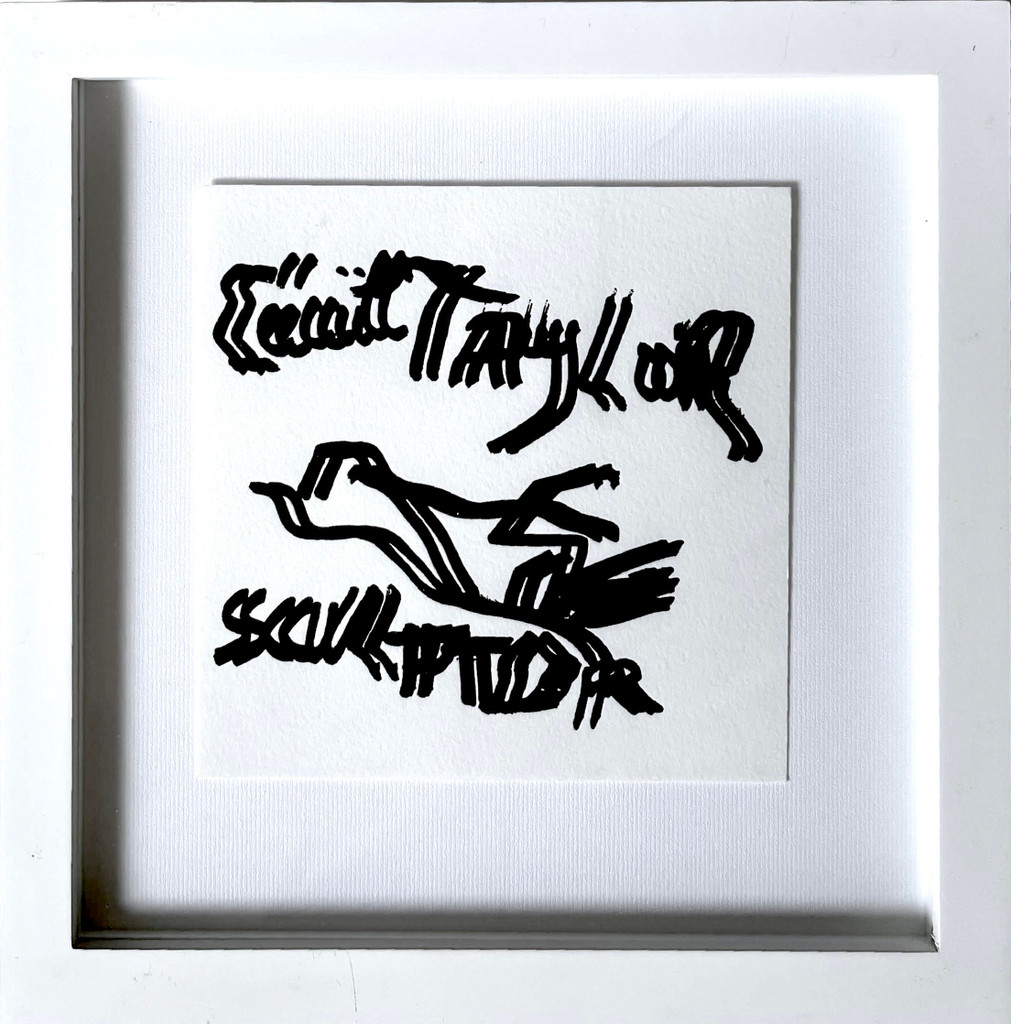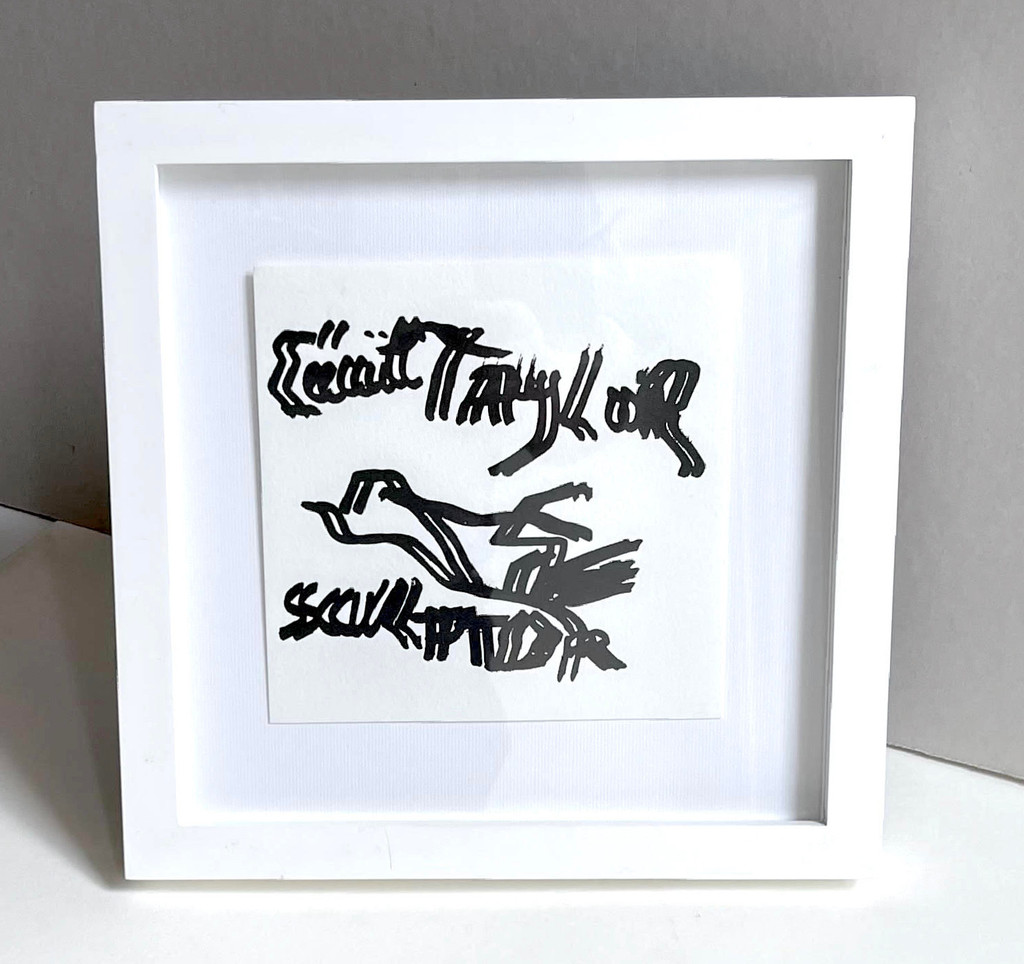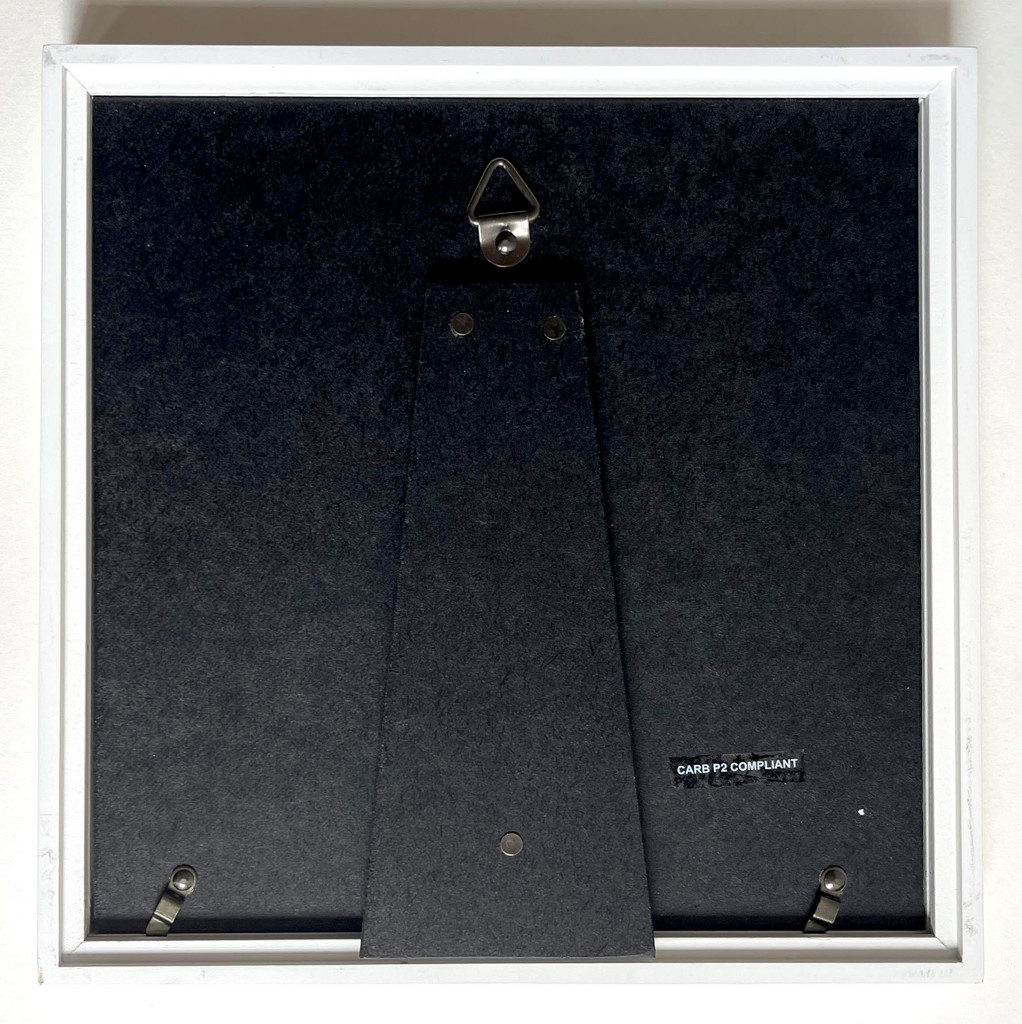
An Educated Collector is Our Best Client
In business for nearly two decades, we are a well established, popular contemporary art boutique specializing in expertly chosen, blue chip prints, multiples, uniques, books, ephemera and merchandise at different price points, with a focus on the secondary market. Please click on the "Contact Us" button at the bottom of this page for questions about any work, pricing and/or to arrange to visit our showroom/gallery - located in between Manhattan's Flatiron and Chelsea Flower Districts.
Description
Alain Kirili
To Cecil Taylor, Sculptor, 1995
Lithograph
Pencil signed, dated and numbered 91/100 on the lower front
Frame Included
This work is floated and framed
Measurements:
Frame:
10 x 10 x 1 inch
Print:
6 x 6 inches
About Alain Kirili:
Born in Paris, France, 1946
Died in New York City, 2021
ALAIN KIRILI was a French-American sculptor born in Paris, France 1946, died in New York City 2021. He has had solo museum exhibitions with the Musée de l’Orangerie, Paris; the Musée Rodin, Paris; and the Brooklyn Museum. Kirili has been included in group exhibitions at the Museum of Modern Art, New York; MoMA P.S. 1, New York; the Hirshhorn Museum, Washington, D.C.; and the Jardin du Palais-Royal, Paris. His work can be found in the collections of the Museum of Modern Art, New York; Centre Pompidou; The Jewish Museum, New York; and the Nasher Sculpture Center among others.
Courtesy of Susan Inglett Galery
ABOUT CECIL TAYLOR
Cecil Taylor (b. 1929) is a towering, sometimes divisive figure within twentieth-century music. In the early 1960s, with fellow maverick artists Ornette Coleman, Albert Ayler and others, he revolutionized jazz by extending bebop into a radical terrain dubbed the "New Thing" or "free jazz"—the latter a term with political as well as aesthetic connotations given the social changes underway at the time in America. For Taylor, freedom meant a deep synthesis of the modern composers such as Béla Bartók and Igor Stravinsky that he encountered during his studies at the New England Conservatory of Music with the nuanced and original piano innovations of Thelonious Monk, Horace Silver, Bud Powell, and Duke Ellington, elaborated into an uncharted territory.
Taylor has extended the potential of jazz as an art form to include an exceptionally wide range of intellectual, conceptual, and spiritual expressions. The sheer speed and percussive attack of his piano playing, its extreme density of both ideas and notes, and his complete unlocking of pitch, harmony, rhythm, and tempo to exploit their vast multiplicities has for more than fifty years left some listeners baffled or overwhelmed and others ecstatically transfixed. Whether he is playing solo piano or leading one of his bands—which he often calls "Units" to underscore the structural, almost architectural nature of their improvisations—Taylor has remained an uncompromising musical innovator of the highest order. For him, music exists in a continuum that extends to all art forms, and his work is deeply informed by the artists he loves, whether musicians, dancers, architects, or poets. His expansive view of music has led him to write poetry himself (though rarely to publish it), and to branch out into dance and theater through his own performances and by working with a remarkably broad range of collaborators including The Living Theater, Dianne McIntyre, Adrienne Kennedy, Mikhail Baryshnikov, Heather Watts, and Min Tanaka.
Courtesy of The Whitney Museum
Publisher
Sculpture Center, founded 1928















